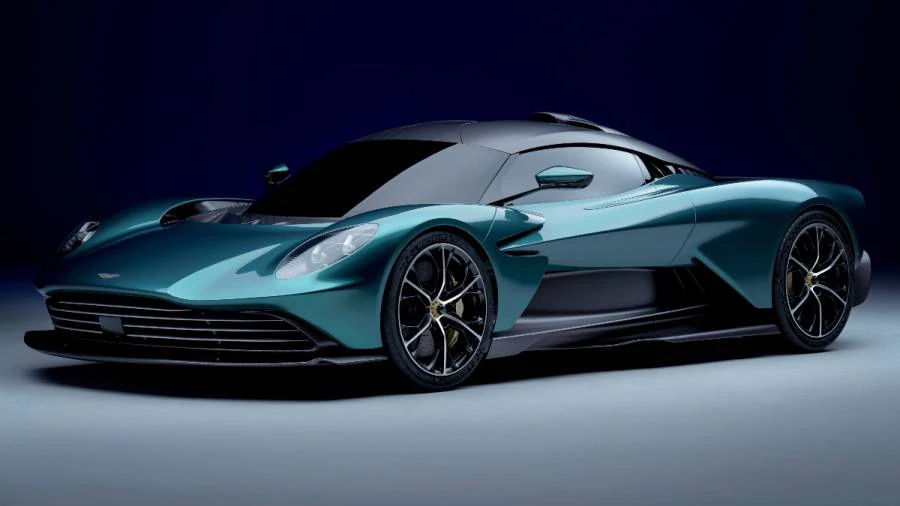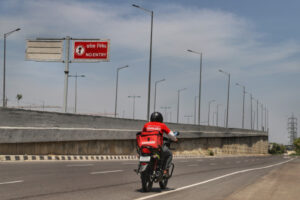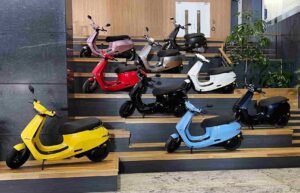OverdriveJul 20, 2021 10:11:55 IST
The Aston Martin Valhalla concept from 2019 has finally morphed into a production car that is quite far removed from the concept, but is said to be nearly 95 percent close to finalised. What we have then is a mid-engined, carbon-tubbed Aston Martin supercar that’ll sit below the Valkyrie, and push plug-in hybrid, AMG-sourced twin-turbo V8 power – all 950 hp and 1,000 Nm of it – to all four wheels via an in-house developed eight-speed DCT that debuts with the Valhalla. It all results in a 0-100 kph run in an expected 2.5 seconds, and a top speed north of 350 kph.
Importantly, the Aston Martin Valhalla is expected to be priced at €580,000 (Rs 5.1 crore approx.), or roughly less than half what Aston was originally quoting for it – and it won’t be sold in limited quantities. In fact, the Valhalla probably previews upcoming electrified Astons better than anything else so far, V12-powered Valkyrie included. The Aston Martin Valhalla goes into production in 2022, and will beat the upcoming ‘small’ car in the line-up, the new-gen Aston Martin Vantage due in 2025, to the punch by a few years.
A lot of these changes can be attributed to Aston Martin’s new CEO, Tobias Moers, the ex-CEO of Mercedes-AMG, including the shift from the bespoke V6 that was to be developed for the Valhalla, to the AMG-sourced flat-plane crank V8 otherwise seen in the Mercedes-AMG GT Black Series, which Aston claims uses bespoke tuning, engine management, and mounts to deliver 750 hp and a redline over 7,200 rpm! Two electric motors – one on each axle – provide the extra 200 hp for the headline figure, and the Aston Martin Valhalla will be able to move on electric power alone (being front-wheel driven in EV-only mode) for up to 13 km at speeds up to 130 kph.
The concept’s Le Mans prototype styling has been tweaked to better establish links to Aston’s Valkyrie, also gaining a lot more aerodynamics-enhancing details, in the hood, fenders, and rear flanks. With the Valhalla, Aston is targeting over 600 kg of downforce at 241 kph – and a 6 min 31 sec lap time at the Nurburgring Nordschleife, which will make it the fastest production car at the ‘Ring. The target dry weight of 1,550 kg means it will compare quite favourably with its natural rivals, the Ferrari SF90 and the newly-announced McLaren Artura.











